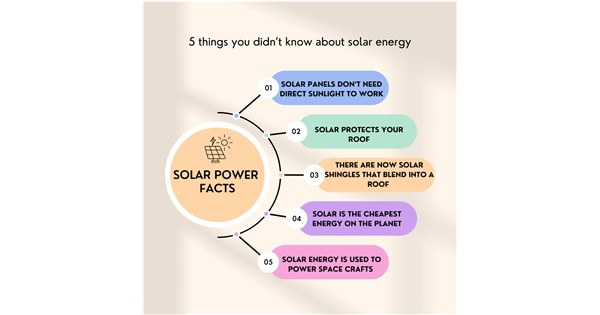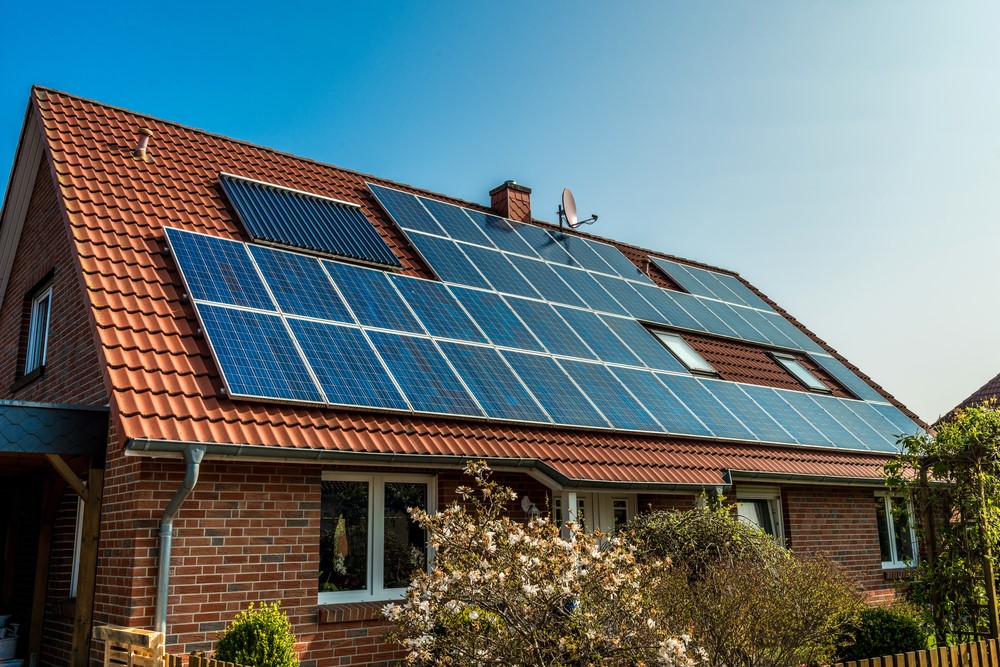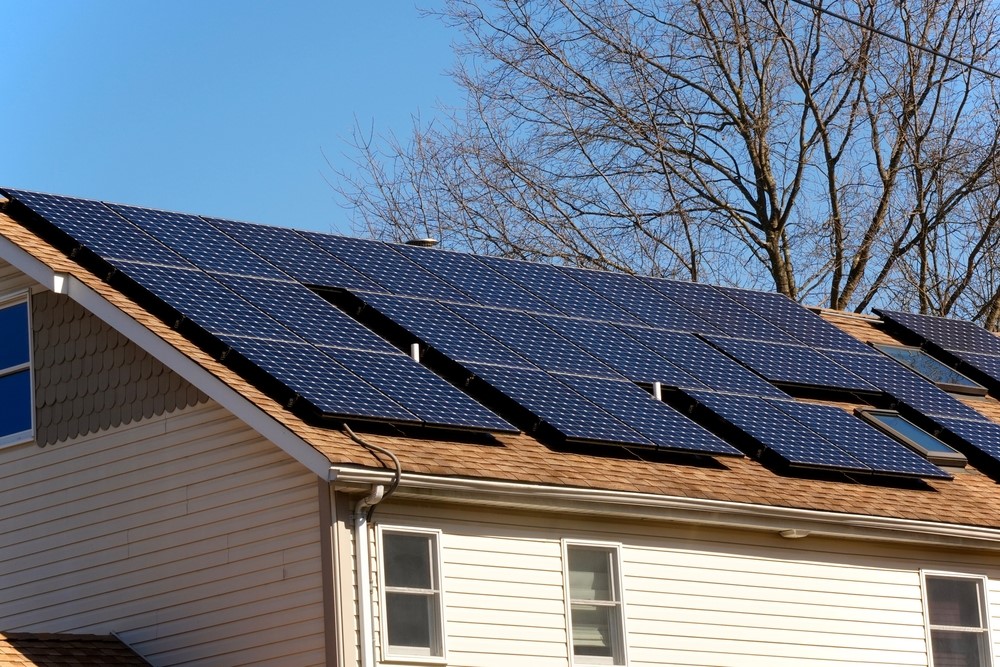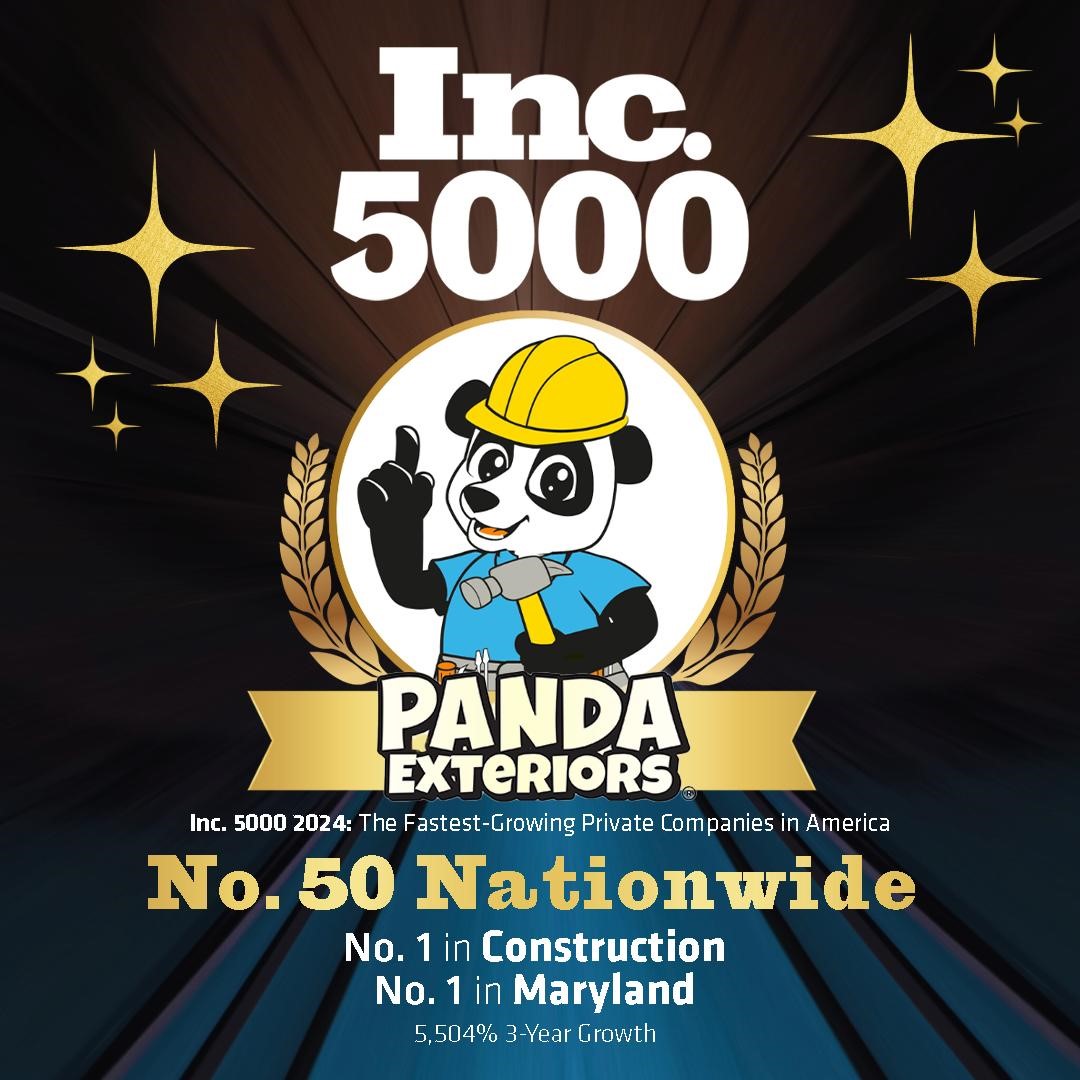The price of residential and commercial solar has dropped significantly over the past two decades. From 1998 and 2008, the cost of solar panel installations dropped by 30 percent. Also, since 2010, the cost of installed solar has dropped a further 70 percent. That is great for property owners who want to save money on energy and on implementation.
But while solar has become far cheaper than it used to be, a residential solar system remains a substantial investment, though it pays for itself quickly. Most people can’t afford to pay $15,000 to $25,000 out-of-pocket for solar energy. So how do they do it?
The decrease in solar costs is due to a variety of factors, including:
Innovative technology and panel design
New ways to manufacture have been the main driver behind the decline in solar prices. These innovations a llow the manufacturers to save and pass those savings on to property owners!
Lower manufacturing costs
Declines in the cost to manufacture have also led to more affordable solar. China has made big investments into all sectors of the solar industry, and unleashed inexpensive solar to the world! A mixture of low labor costs and government investment has led to China’s rapid growth as a solar industry leader. Analysts believe the 80 percent decline in global solar panel prices that occurred between 2008 and 2013 to the rapid growth of the Chinese solar industry.
Government investment and financial incentives
In 2011, the government's Solar Energy Technologies Office (SETO) at the U.S. Department of Energy established the SunShot Initiative, an effort aimed at using solar energy to potentially replace traditional electricity sources, without subsidies, by 2020. To that end, SETO worked to shorten permitting processes, collaborated the leaders of the solar industry and research labs. This improved solar cell technology and made manufacturing better!
Federal, state, and local financial incentives have also helped make solar VERY affordable. Everyone's favorite solar incentive is the federal government’s renewable energy investment tax credit (ITC). Started in 2005 and extended in 2015, the ITC allows property owners to claim a tax credit equal to 30 percent of their solar energy system. In other words, a $10,000 system would qualify you for a $3,000 tax credit.
Economies of scale and customer-focused financing options
The more solar panels there are, the better the manufacturing quality and efficiency become , and the cheaper they become! According to "Swanson’s law", whenever the production/shipment of solar panels doubles, solar prices drop by 20 percent. The effect: as costs go down, affordability increases, which further lowers the solar panel prices.
The majority of solar customers lease their systems or take out a loan to cover the cost. More diverse financing options have helped increase the number of installed solar panels, and lowered costs.
Most people take out home equity loans to finance their panels or take a loan directly from the solar installer, which often streamlines the purchasing process. PACE loans (Property assessed clean energy loans) - are currently available in 31 states and the District of Columbia - allow homeowners to take out a loan against their property, and repay it as an added line item on their taxes.
Global solar capacity is set to triple over the 2023-2027 period, surpassing coal and becoming the world's largest source of power. Cheap clean energy will slowly replace fossil fuels in the next few decades, and solar is going to be the most viable path to sustainability. Join the future, today, and call or click Panda Exteriors for a free assessment to see how much you can save by going solar!
(877) 213-1240

Subscribe to Panda Exteriors's Blog







Comments